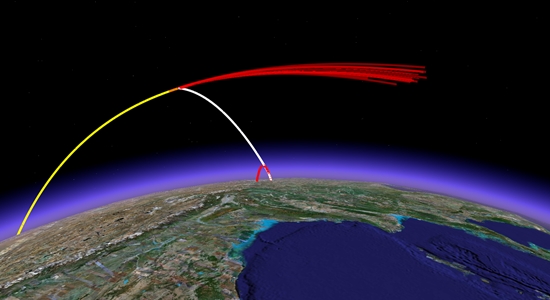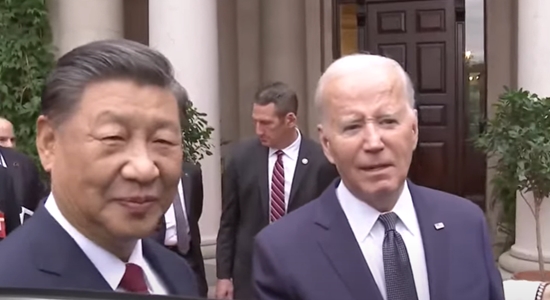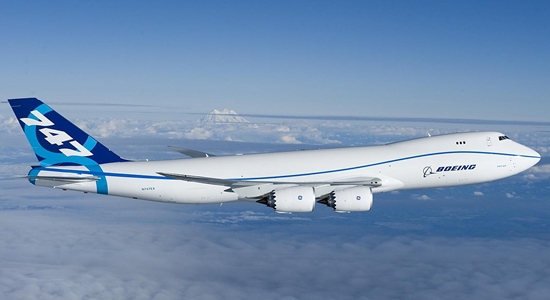
“First and foremost is, raise everybody’s sense of the urgency of dealing with a peer competitor,” said US Air Force Secretary Frank Kendall, in charge of both Space Force and Air Force, shortly after taking office in 2021. He had just been asked about “mission areas or career fields that you believe are due for a revamp.”
The “peer competitor” is China.
“It became an assumption that the US was the dominant military power. I was briefing a senior government official near the end of the Obama administration, but what I said at the time was that ‘We’re the dominant military power until you get within about 1,000 miles of China, and that starts to change.’ The reason it starts to change is that China has been very careful and strategic about fielding capabilities designed to keep us out of their part of the world.”
Kendall has not become more optimistic since 2021. Thoughts from last September: “It has become clear to the entire senior leadership team that we are not optimized for great power competition.”
His mood now, in February 2024, might even be called pessimistic. He says that “we are out of time to reoptimize our forces to meet the strategic challenges in a time of great power competition,” and he is introducing organizational changes to try to affect culture and mindset. But it is very hard to change institutional culture quickly.
China in space
As China built up its air and naval capabilities, so has it also built up its space assets.
Few of China’s achievements make it into open source literature, and much of its space work has both civilian and military uses. So it is difficult to measure its progress exactly. We know that the Chinese have had an anti-satellite program since 1964. In 2006, there were reports that they had developed the ability to use lasers to blind U.S. satellites. They have conducted anti-satellite tests at least in 2007, 2013, and 2021. In 2018, they deployed land-based mobile satellite jammers in the Spratly Islands. In December 2023, they launched their dual-use spaceplane for the third time. They have deployed navigable satellites that can visit other satellites and even reposition them.
The U.S. believes China is developing or deploying every category of anti-satellite weapon: directed energy weapons, radar jammers, anti-satellite missiles, and satellite signal jammers.
Yet China’s position is that U.S. Space Force is weaponizing space. “The relevant U.S. actions are a serious violation of the international consensus on the peaceful use of outer space, undermine global strategic balance and stability, and pose a direct threat to outer space,” said Geng Shuang, at the time a spokesman for China’s foreign ministry, in 2019 when the Space Force was established. China is “resolutely opposed to it.”
To support its activities in space, peaceful or otherwise, China has set up a worldwide network of ground stations. Yes, worldwide: in Pakistan, Namibia, Sweden, Kenya, Australia, Chile, Brazil, Argentina, elsewhere. China’s new and fifth Antarctic base provides “tracking and communications for China’s growing array of scientific polar observation satellites,” but can also “be used for intercepting other nations’ satellite communications,” according to the Centre for Strategic and International Studies.
These ground stations are supplemented by roving ships with satellite tracking equipment.
What makes space so important in modern war is the central role of the network in combat operations, networks provided by and enhanced by satellites. As we have seen in Ukraine, satellites are also used to identify targets, assess damage, navigate via GPS, and, in some cases, even interfere with ground systems.
As one wit put it, “If enough satellites were taken out in the event of war, troops would have to dust off a compass and map.” But how widespread are map, compass, and other old-fashioned skills? The computational and other computer conveniences have had a corrupting effect. I recently asked a former Army artillery captain if, in case of network failure, his unit could operate with printed firing tables and some trigonometry. He was not optimistic.
Proliferated constellations
Inevitably, the alarm over Chinese anti-satellite capabilities has its doubters. “Anti-satellite weapons are dangerous, yes,” suggests the wit, Caleb Larson. But satellites “are getting easier and cheaper to launch. They are replaceable.” The fault in this argument is the fact that in war, the capabilities of satellites that have been put out of commission will be needed yesterday, not on the future timetable of launch schedules.
One way to meet the threat is to have multitudes of satellites already in place and offering redundant services. The Chief of Space Operations of Space Force, General B. Chance Saltzman, calls these “proliferated constellations.” Perhaps Elon Musk’s Starlink, whose dual use became a political issue in the Ukraine war, is one such constellation.
Recently there has been excitement about Russia’s potentially deploying a nuclear weapon in space, one that when detonated would blind “proliferated constellations.” If Russia can do it, China will not be far behind.
The question then becomes how Space Force defends those constellations. □
James Roth works for a major defense contractor in Virginia.





